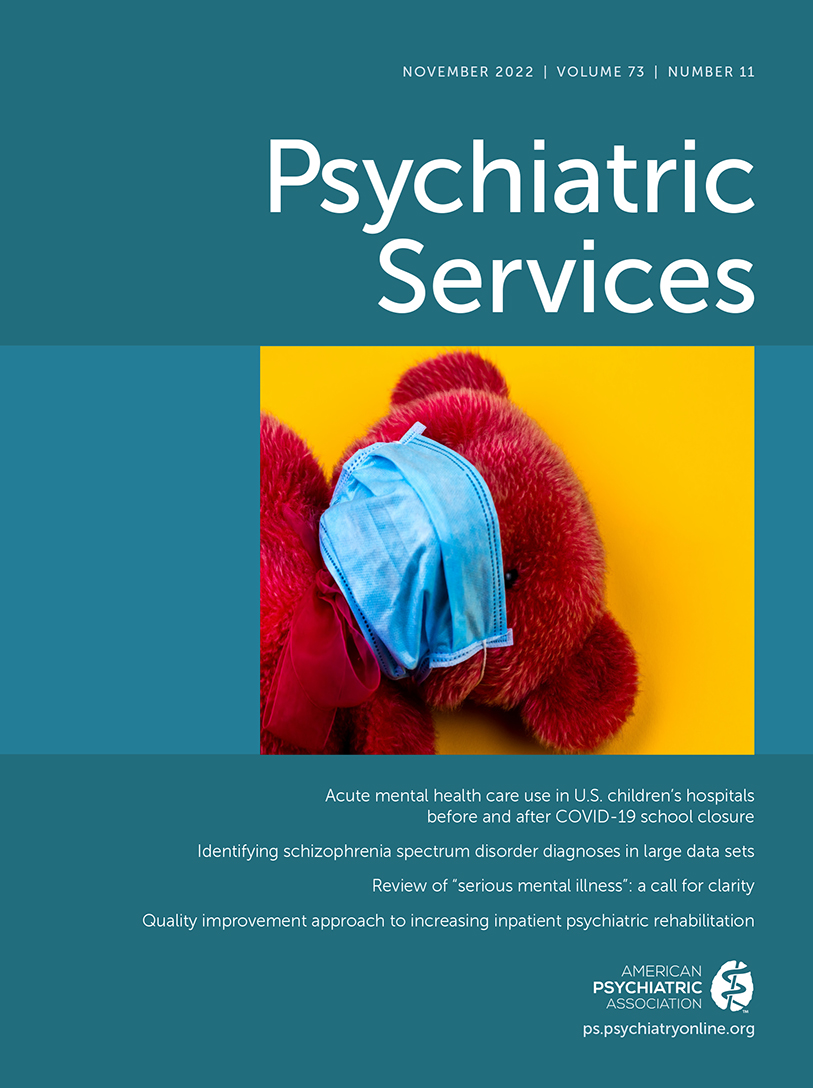Behavioral Health Integration in Community Health Centers and Emergency Department Use
Abstract
Medicaid enrollees with behavioral health disorders often experience fragmented care, leading to high rates of preventable use of emergency departments (EDs). As part of its Medicaid Transformation Program, the Washington Health Care Authority partnered with regional accountable communities of health to collect data on behavioral health integration in community health centers. Clinics who participated in the integrated care demonstration received technical and financial support to increase capacity for integration. This column describes results from an analysis that linked clinic surveys to Medicaid claims to explore characteristics of highly integrated clinics and assess whether clinic capacity for behavioral health integration is associated with ED visit frequency.



